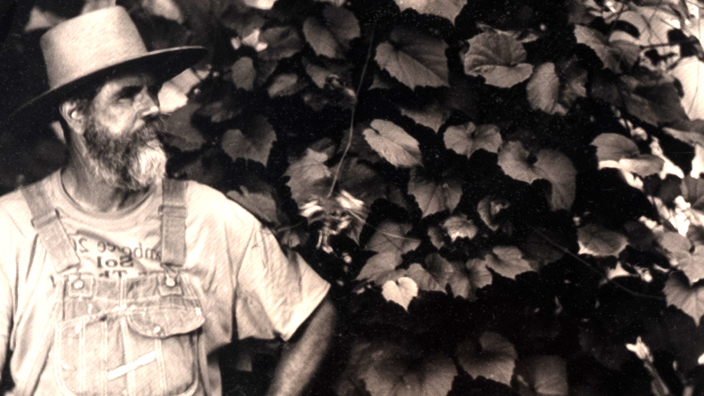
Letters from Camp Tintype
This artist relies on the mail to communicate
Many people still turn to the U.S. Mail for their communication needs, but perhaps none more so than John Coffer.
Coffer is a “wet-plate artist,” which means he uses a photographic technique that dates to the 1850s. He operates Camp Tintype in Dundee, NY, where people from around the world come to attend workshops and learn how to create these types of images.
Camp Tintype has a website — JohnCoffer.com — but no telephone. If you send an email, the webmaster will print it and mail it to the camp.
In other words: If you want to attend a workshop or ask Coffer a question, the most effective method is to write and mail him a letter.
In a written interview — conducted by mail, of course — Coffer explained that he prefers written correspondence because it attracts serious students.
“Only the most interested and thoughtful will take the time and effort to write,” he wrote. “I don’t care to deal with the frivolous. Just people who really want to learn and do the process.”
Coffer’s approach is unique, but it works. Since he moved to New York in 1985, he has become one of the world’s most prominent wet-plate artists.
Coffer has been interviewed by People, the Los Angeles Times, NBC’s “Today” show and other media outlets, and he and his students have exhibited their artwork in galleries across the nation.
Through it all, he has helped preserve an art form that requires painstaking attention to detail.
Wet-plate photography requires a plate to be coated with a special solution and exposed in the camera while still wet.
In other words: Pictures aren’t shot and developed later. A wet-plate photographer essentially makes his own “film” and processes it on the spot.
The process was used widely during the Civil War.
“To me, wet plate artistry is just that — an ‘art’ with some science mixed in with it,” Coffer wrote. “It can be a beauty and it can be a beast. Always it is challenging with few guarantees. That keeps it interesting even after 42 years of making my living by it.”
Although Coffer relies on the mail, he is by no means a Luddite.
In addition to his website, he offers instructional DVDs and has published an e-book. He also is credited with producing the first “tintype movie,” and many of his students are combining wet-plate photography with digital forms.
But when it comes to communicating, Coffer believes nothing beats the mail.
“I am a bit of a romantic and letter writing is soundly in that genre,” he wrote.

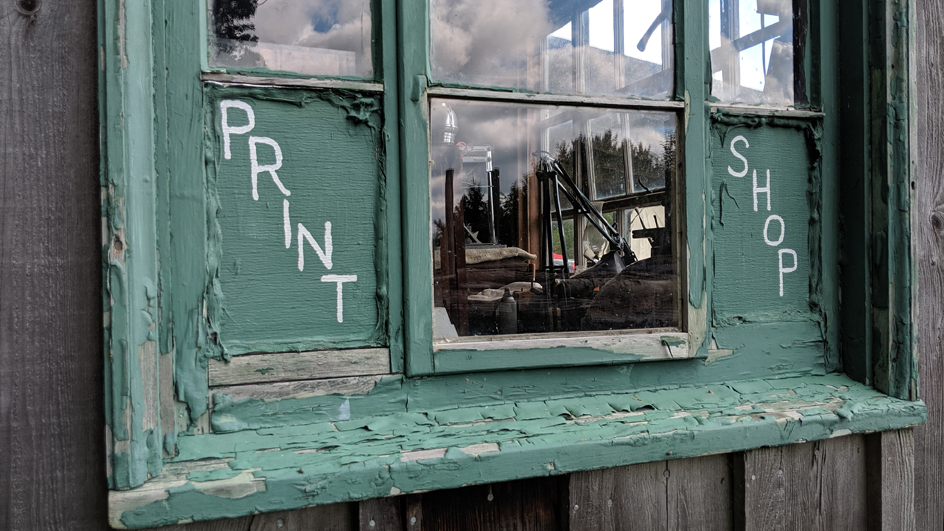
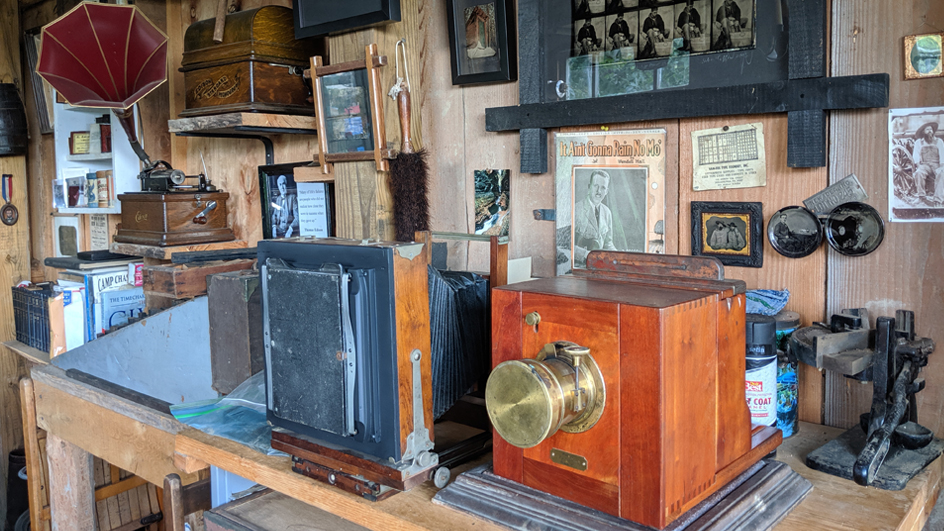


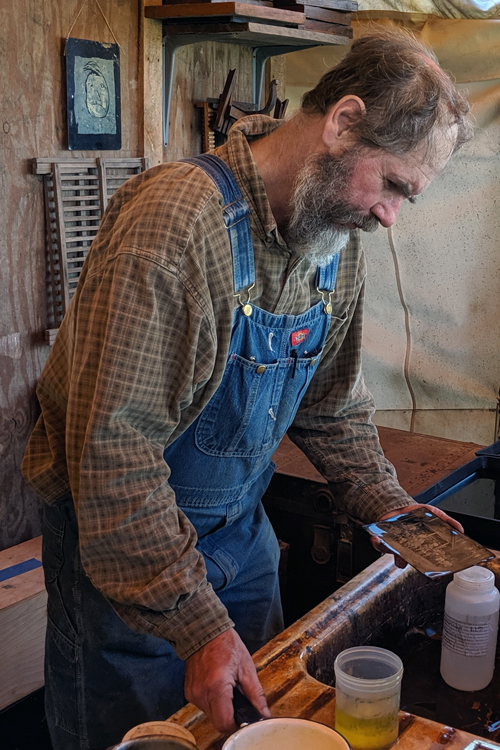
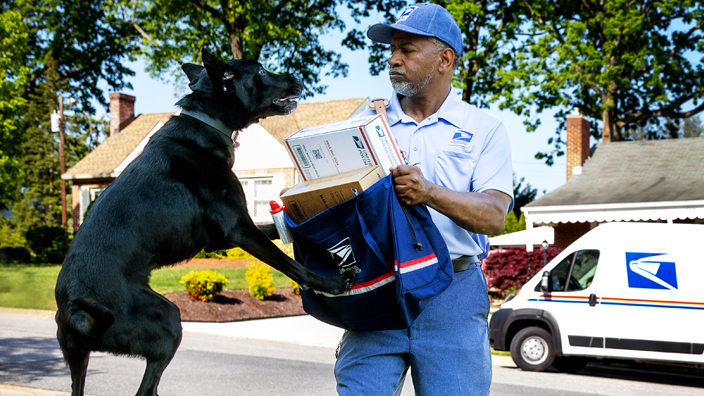
These pictures tell the story of 2024
Take a look at Link’s most memorable images this year
Like always, Link published its share of memorable images in 2024.
Here’s another look at some of the best photos, including shots from delivery routes, postal facilities and stamp dedication ceremonies.
Select each image below to see a larger version.
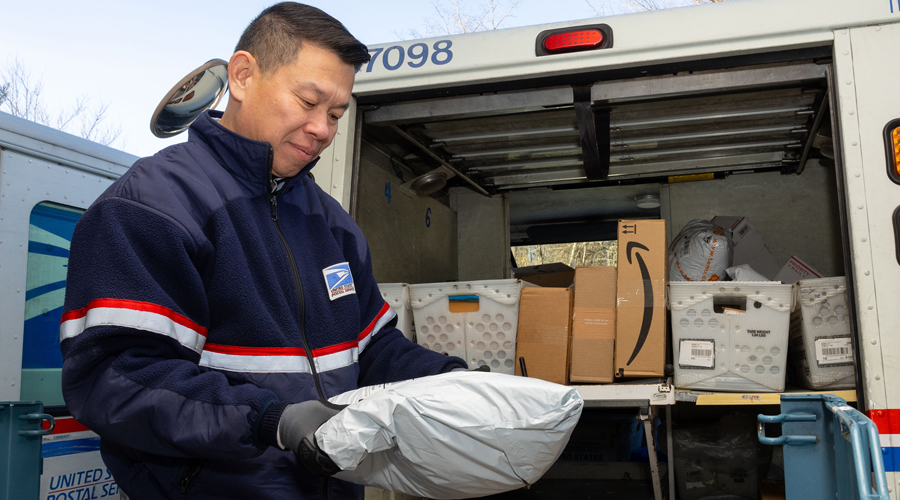

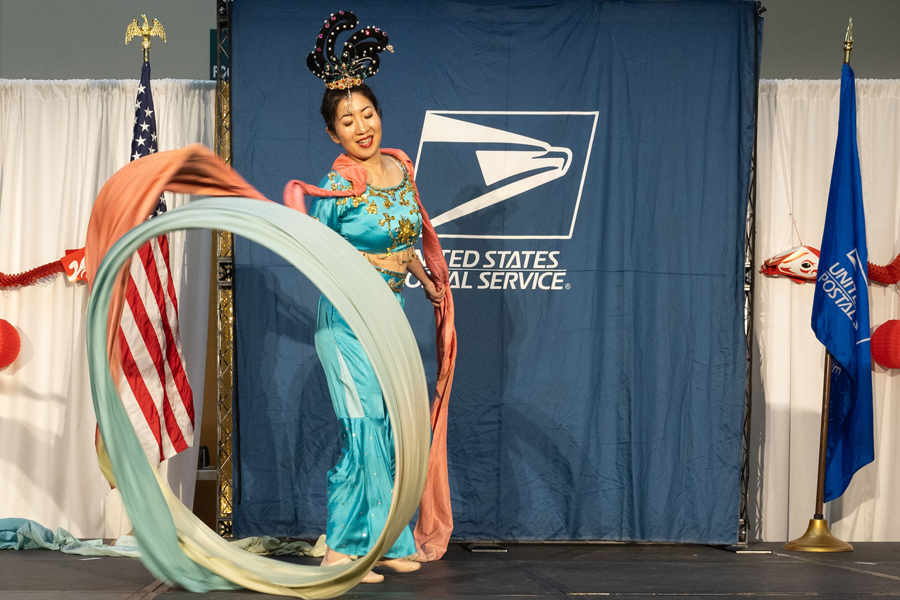
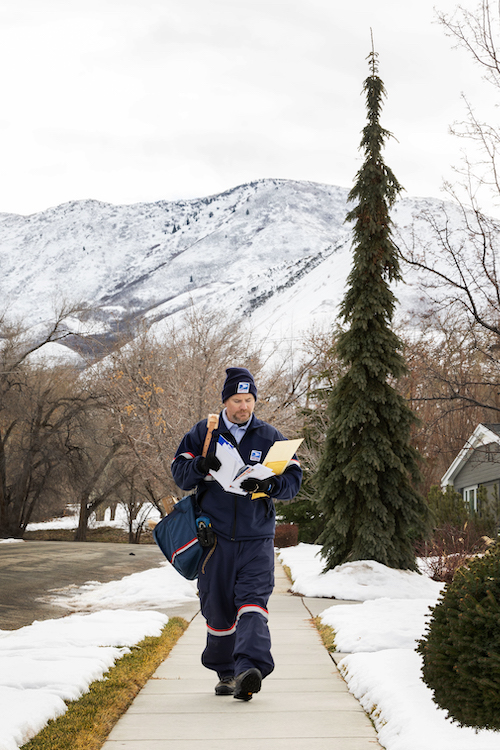
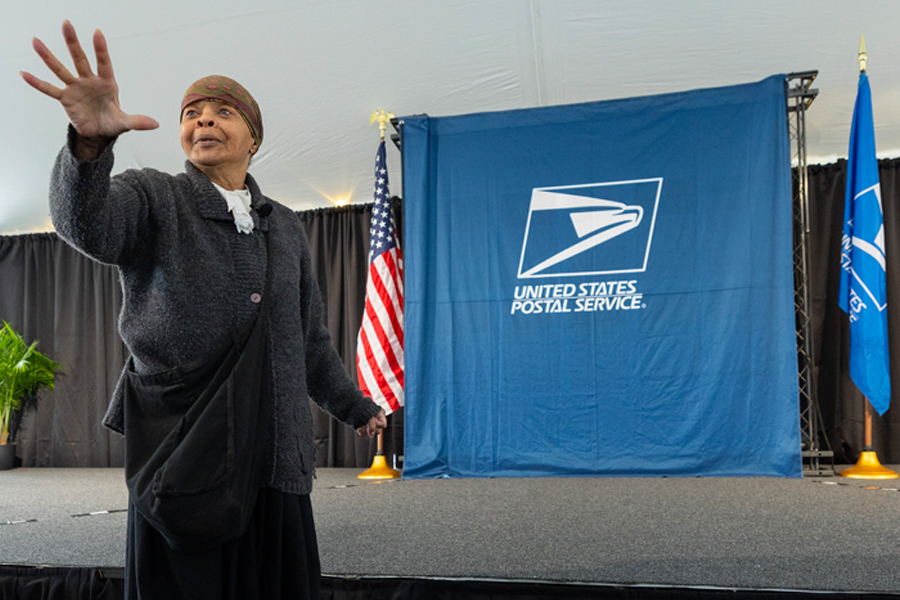
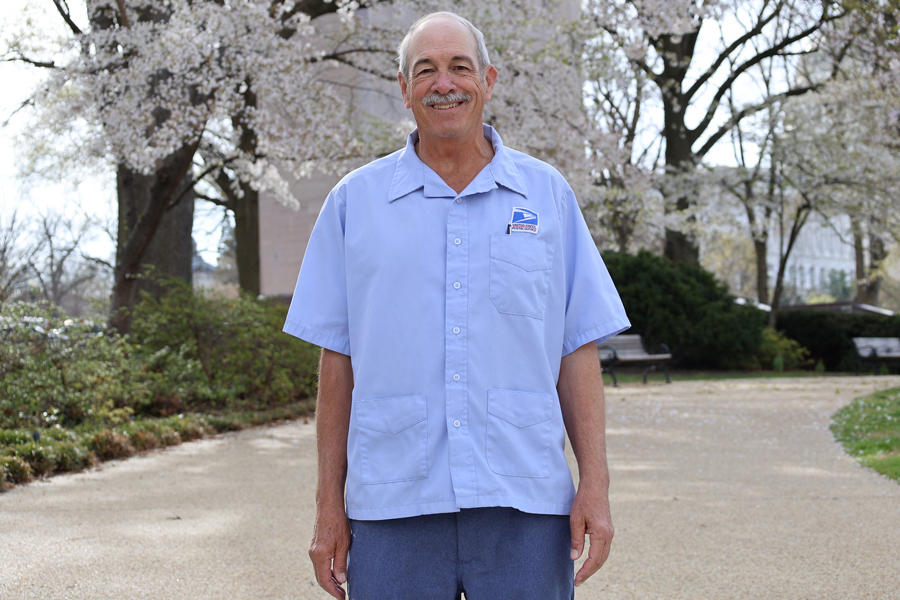
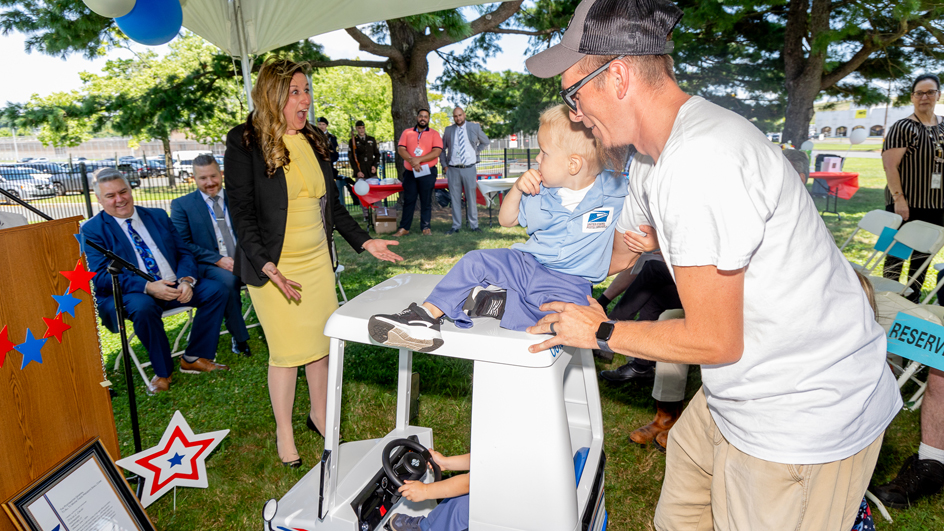
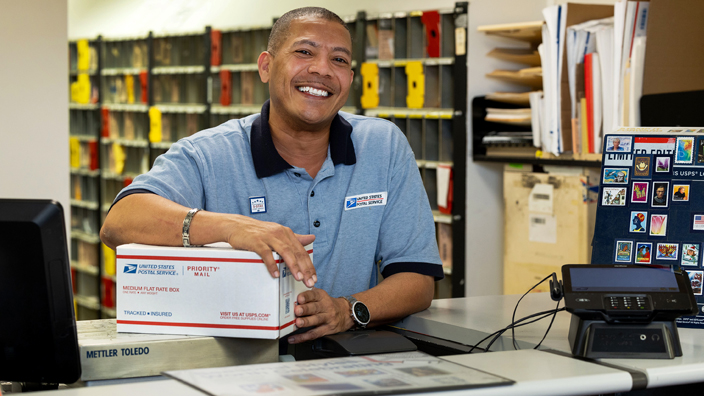
Everyone has a role to play
These employees helped keep USPS moving forward in 2024
Throughout the year, Link’s “On the Job” feature spotlighted Postal Service employees and their contributions to the organization.
Among them: Kobi Logan, a Simpsonville, MD, retail associate who takes pride in meeting customers’ needs.
“Customer service is not what you think it is. It’s whether the customers believe you are giving it,” he said.
Likewise, Ochenya Okpa, a Salt Lake City mail processing clerk, said she puts “100 percent” into her work, while her colleague Cameron Larsen, a distribution operations supervisor, talked about the importance of treating co-workers with kindness.
“We’re here to be a team, to get a job done, and the way we get it done is teamwork,” he said.
Others, such as Kevin Terry, a delivery support specialist for Louisiana District, find time to help colleagues get the most out of their Postal Service careers.
“Mentoring is the single most important ingredient in success, in my view,” Terry said.
Several employees discussed their unique roles in the Postal Service, including Susan Wozniak, the Aurora, CO-based administrator for the USPS Employee Assistance Program, and Shawana Holliday-Wood, a Washington, DC, human resources generalist who helps the organization comply with federal transparency and privacy laws.
Another employee, Cheryl Robertson, a Salt Lake City data conversion operator who helps decipher illegible addresses on mailpieces, said her work has made her an expert on ZIP Codes.
“Yesterday, a TV commercial mentioned North Pole, Alaska. I immediately came out with ‘99705!’ My daughters said, ‘Only you would know that, Mom!’” Robertson said.
“On the Job” also introduced you to two Postal Inspection Service employees: Rachael Kneisly, a Washington, DC, team leader, and Lauren Ireland, a Long Beach, CA, postal inspector.
“Although law enforcement has notoriously been a male-dominated field, it doesn’t have to be. Women can do this job and I’m here to be an example of that,” Ireland said.
Other employees — including letter carriers Likkasit Siriviboon of Springfield, VA, and Jerin Hedden of Salt Lake City — talked about how working for USPS has allowed them to support their families, while another letter carrier, Richard Morales of Port Washington, NY, focused on the special role Postal Service employees play in the lives of their customers.
“People laugh, but I like to say that in life, all you need is a good hairstylist, a good mechanic and a good postal person,” Morales said.
Check out the “On the Job” archive for more stories about Postal Service employees and their contributions to the organization.
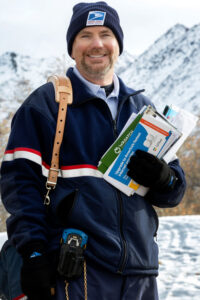

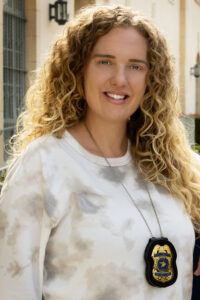
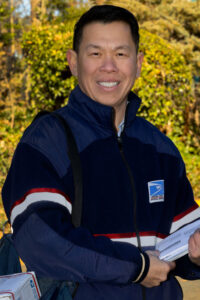


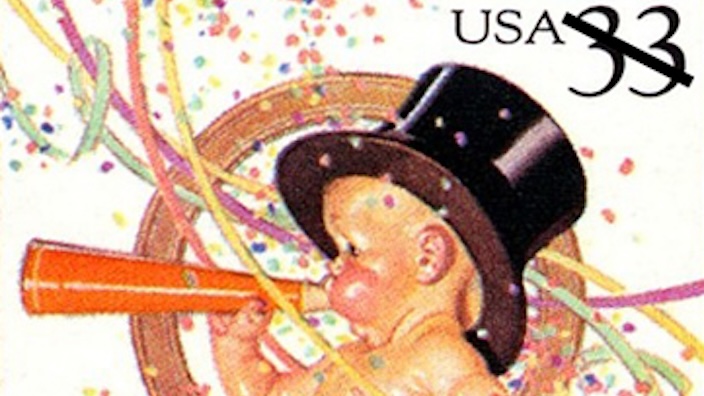
The new year begins this week
Since 1870, Jan. 1 has been a federal holiday in the United States
New Year’s Day, a time of reflection and renewal for people around the world, is Wednesday, Jan. 1.
The celebration of a new year is a custom that can be traced to ancient civilizations, although the date often varied. The Julian calendar established Jan. 1 as the start of the new year, a practice that continued when the Gregorian calendar was adopted in 1582.
Through the centuries, New Year’s Day became a time for social gatherings and feasts, although it didn’t become a federal holiday in the United States until 1870.
Today, the holiday is marked by the Times Square ball drop in New York City, a tradition that began in 1907; parades; football games; and the making of resolutions.
The Postal Service released a Baby New Year stamp in 1999 to mark the arrival of the new century, and the organization has a long history of releasing stamps to celebrate the Lunar New Year, an important holiday in many Asian communities. Most Lunar New Years are celebrated in late January or early February.
View past printouts
Printout details
What's included
-

Letters from Camp Tintype
This artist relies on the mail to communicate
-

These pictures tell the story of 2024
Take a look at Link’s most memorable images this year
-
 On the Job
On the JobEveryone has a role to play
These employees helped keep USPS moving forward in 2024
-

The new year begins this week
Since 1870, Jan. 1 has been a federal holiday in the United States